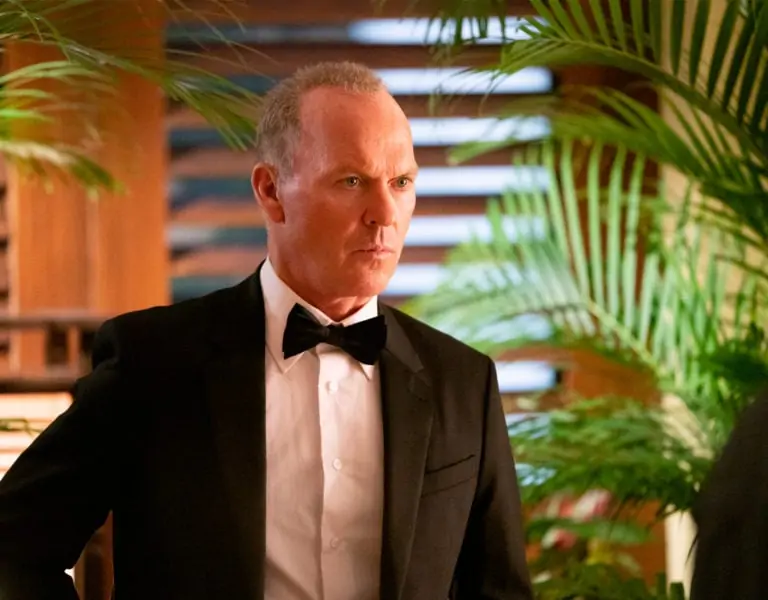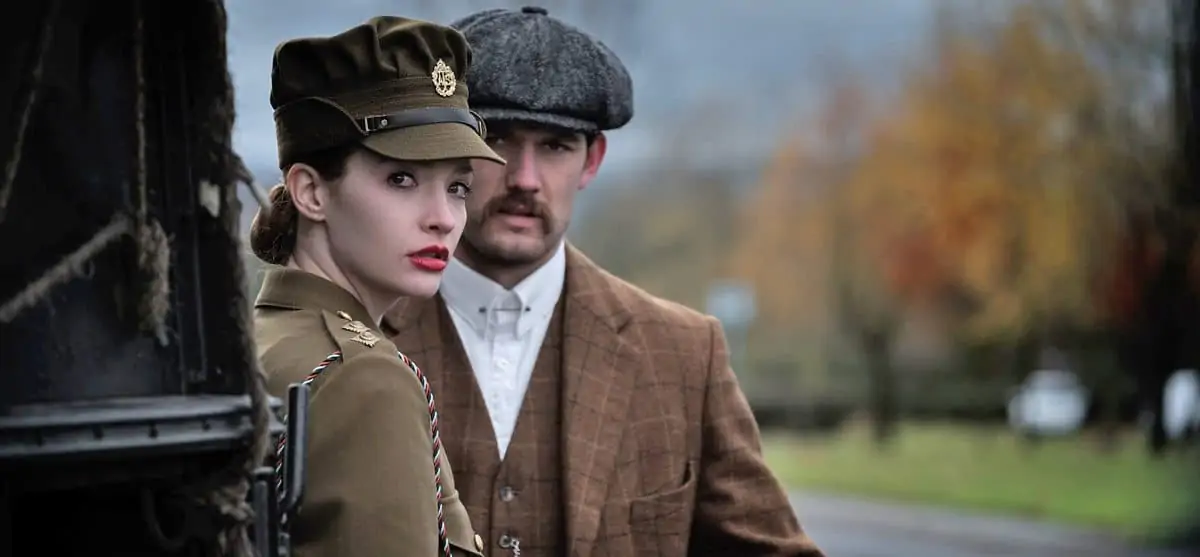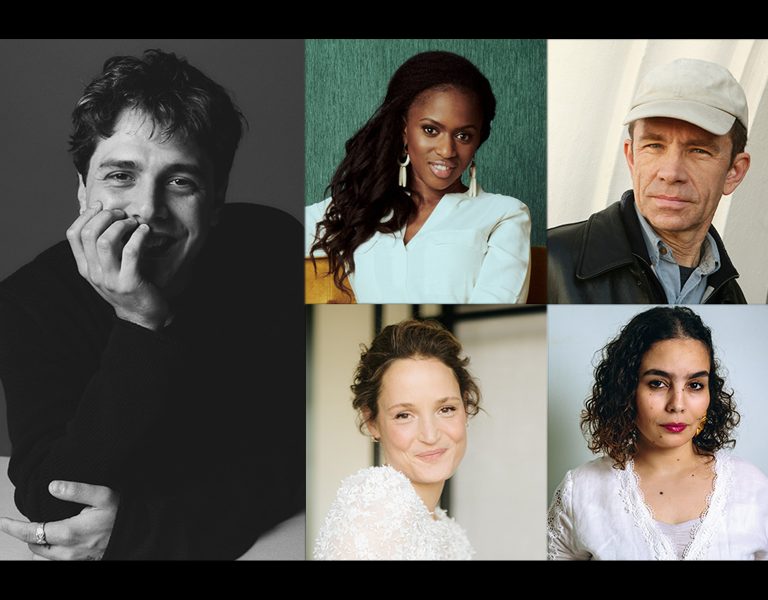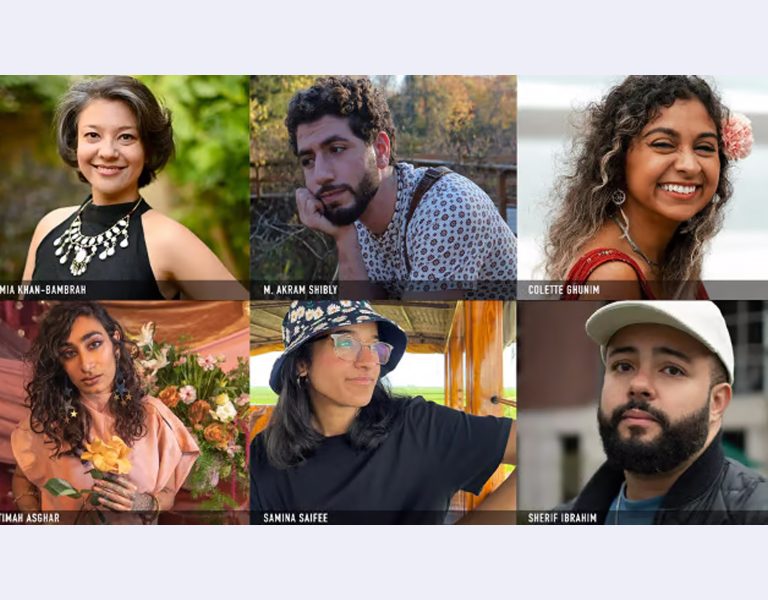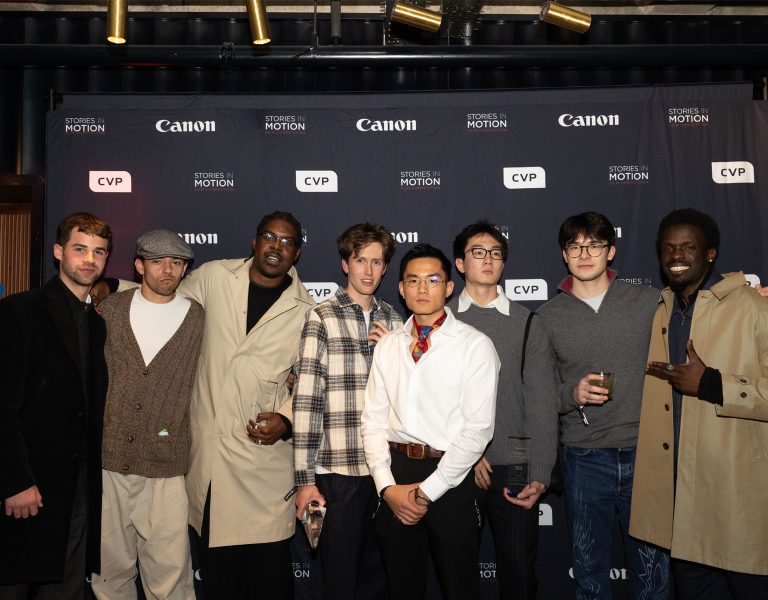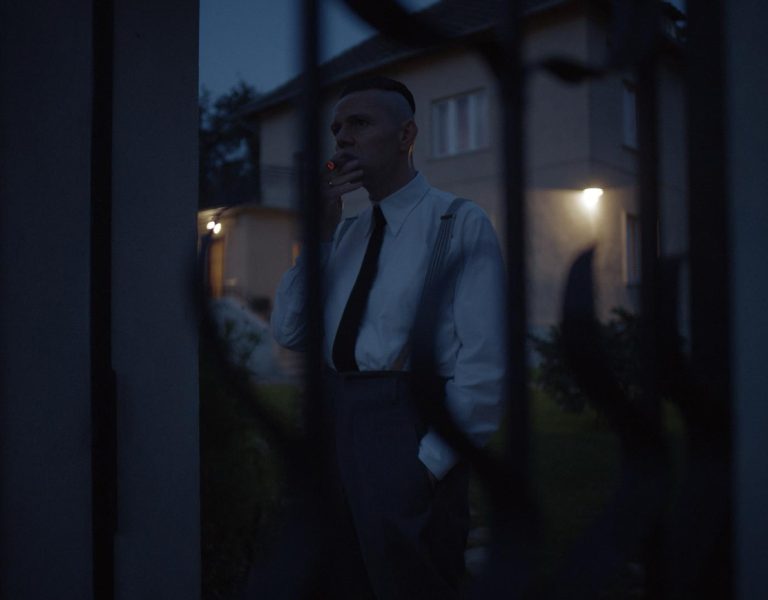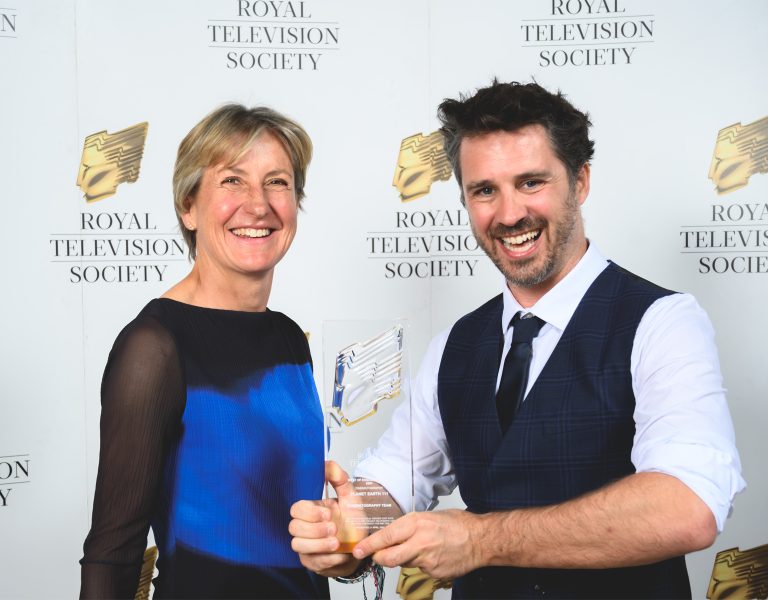
Cinematographer Marin Testar GBCT wrote in with details about the visuals he created for Song For Armageddon, a touring art installation film by artists Nick Crowe and Ian Rawlinson in collaboration with Ophir Ilzetzki, produced by Forma.
“Armageddon is a place in northern Israel that lends its name to the end of the world. Also known by its modern name – Tel Megiddo – Armageddon is thought to have seen more battles than any other place in the world, as it dominated the crossroads of ancient trade and military routes linking Egypt with Mesopotamia.
This touring art installation is a film by artists Nick Crowe and Ian Rawlinson, who have worked together since 1994. Their work explores power and authority, combining densely layered visual and acoustic allusions to faith, politics, national identity and the environment.
I was asked to provide the setting for their latest film, which loops every 17 minutes, creating a powerful visual and acoustic meditation that culminates with a performance by singer Faye Shapiro in an opera by Israeli composer Ophir Ilzetzki.
A group of workers fastidiously set out and wipe down thousands of chairs to create a large auditorium for a ceremony overlooking Armageddon – waiting for an unknown audience to arrive – waiting for the sunrise…. waiting for…?

This is the fourth project I’ve worked on with Nick and Ian. On the recce precisely a year before the shoot, we witnessed the sun at daybreak align perfectly with features on the site.
The rest of the film takes place at night as the site is being prepared. This presented particular challenges, not least the fact that it is a Unesco World Heritage site, so minimum disturbance to the area was called for. With my gaffer Avi Dasburg (with whom I’ve worked before with Ori Gersht), we devised a plan to light with HMI and sodium lighting, which appeared ‘practical’ on camera.
Further complications were that the system we set up had to be ‘safe’ for tourists during daylight hours. The magnesium glow from the lights worked to produce forbidding atmospheres and was emphasised in the grade.
We shot the film over four nights and days, capturing three perfect sunrises. I shot using a Red Epic Dragon with a low-light OLPF and Ultra Primes. The Red’s capacity to shoot HDRX worked perfectly in capturing the lengthy sustained shots of the sunrises. Putting in four stops of HDRX captured the colour of the rising sun whilst hanging on to details in the set.
The film is being shown for the first time at the Baltic Museum in Newcastle and Forma have plans for it to be shown internationally as well as across the UK.”


